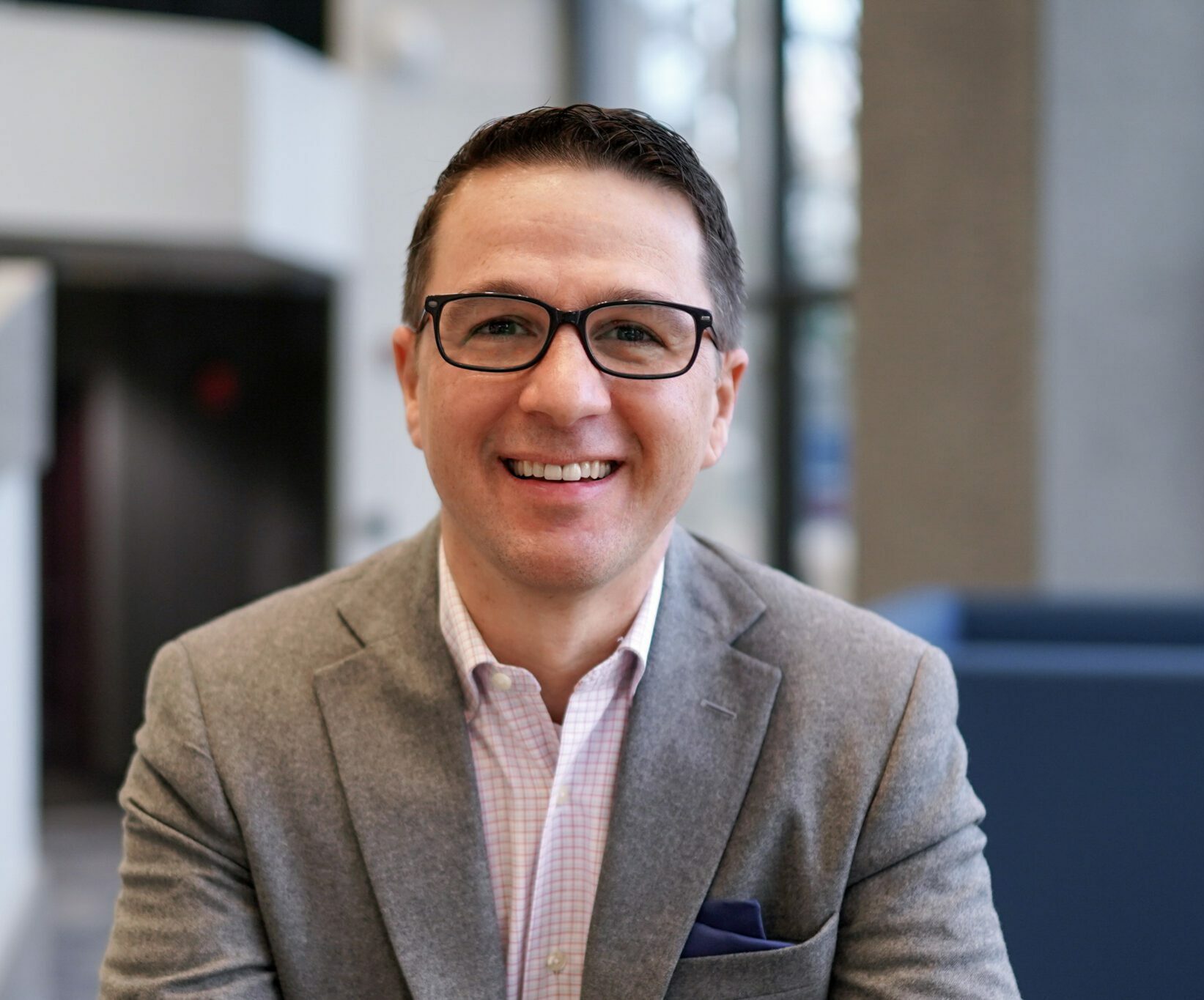
The finalists for WashingtonExec’s Pinnacle Awards were announced Oct. 11, and we’ll be highlighting some of them until the event takes place live, in-person Nov. 30.
Next is Cybersecurity Industry Executive of the Year (Public Company) finalist Brian Morrison, who’s vice president and general manager, cyber systems at General Dynamics Mission Systems. Here, he talks learning from failures, primary focus areas going forward, success in his current role and more.
What has made you successful in your current role?
I did not start off in this role as a deep technical expert; I’m not trained as an engineer. But I have deep experience in the world of our customers ⏤ I’ve worked as a senior civilian at the Pentagon, as a CIA officer, and as a military officer deployed to a combat theater.
That experience allows me to bring a laser focus on our customers and their needs, and it allows me to mediate between the technical experts and the operators and users in a way that has really proven to be helpful to all.
I also find that because I didn’t come to this business through the technology, I am sometimes better positioned to explain the technologies, their risks and relative strengths, in a way that is accessible to people of differing technical backgrounds. In this business, we all have to be deep in the technology.
What are your primary focus areas going forward, and why are those so important to the future of the nation?
Cyber security leaders across industry are wrestling with modernization requirements that are getting more stringent by the day, driven by the need to stay ahead of adversaries. The cost of those modernization efforts is growing, and it can be perceived by mission partners as an unfunded mandate.
It’s not an optional effort as our defenses are in danger of falling behind our adversaries. The only way for us, as a nation, to meet our mission and security needs is for everyone involved in the cybersecurity business to drive collaboratively toward that goal.
My objective is to help our government customers achieve their modernization goals in a way that preserves our technological advantage over our enemies, at an affordable cost and on schedule. I’m always looking for ways to make internal investments to drive the technology forward and save our customers time and money.
What’s one key thing you learned from a failure you had?
One thing I have had to learn through tough experience is that in the government space, pure technology ideas developed in isolation are rarely effective in our customer environments. Our best cyber security products and solutions come from deep relationships with our customers, where we understand their missions and challenges in a meaningful way. Only then can we come up with the right technological solutions.
I’ve learned that when someone comes up with a better mousetrap on their own is usually underestimating the complexities of our customer environments. I want us to first invest time, people and care to inhabiting our customers’ worlds. Only after we truly understand their problems deeply should we try to come up with a solution, talk to our customers about it, and iterate.
Which rules do you think you should break more as a government/industry leader?
The business I lead really lies at the intersection of traditional defense work and high-tech startup. That fact has really caused me to believe that we need to be more upfront with our government customers about taking some big risks.
There have been times when I’ve said to our customers, “Look, I’m not sure if this is technically possible. It may not be. But let’s try it, and if we fail, we’ll fail fast and pivot to another way.”
There are ways within the constraints of government contracting to do that ⏤ but we have to be bold and honest, together. The challenge is that if we approach all of our work with a zero-defect, 100% certainty mindset, we will be too risk averse and we will not make the big technological leaps we need to make.
Certainly, in many parts of the defense enterprise, we need that 100% certainty ⏤ we support missions that absolutely cannot fail. But there are also times, particularly on the cutting-edge, where we can take some big risks, in conjunction with our customers, to try to make a major advance.
Another big rule I break all the time is that you have to send the most senior business leader to brief the senior customer leaders. My experience has been that our customers appreciate hearing from the people who know the most, not the people who have been around the longest.
Too often, we see leaders who think they need to do all the talking with customers. I believe in our technical experts, and sometimes the best thing I can do is to push them to the front of the room and stand back.

